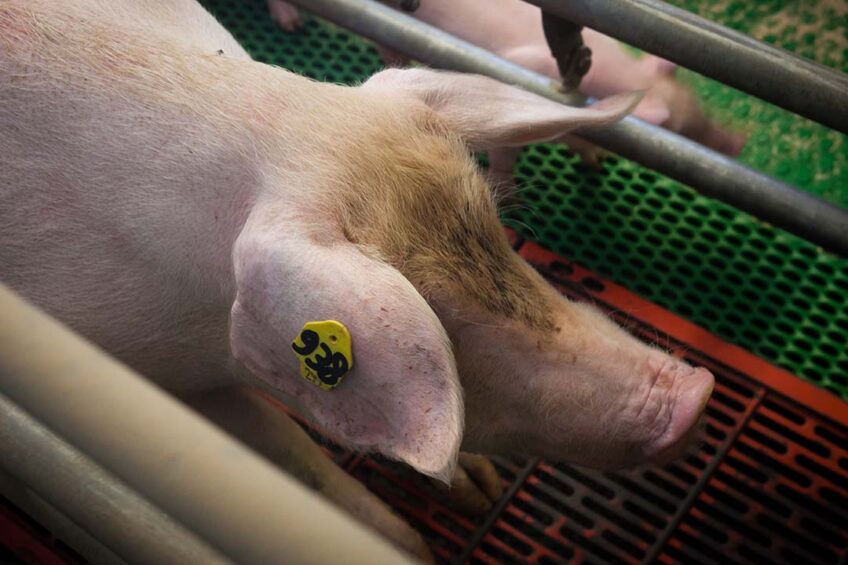Ready for the next step: How to reduce aggression in sows?

As an increasing amount of sow farmers move to group housing for sows around the globe, many of them also search for answers how to tackle aggression in sow herds. Solutions are available in the laboratory, but often a next step is needed to implement them on a large scale, writes pig health and welfare expert Dr Monique Pairis-Garcia.
Improving animal welfare on pig farms is a priority for the global swine industry and has become a unique and critical component to ensuring long-term sustainability for companies and producers. Addressing negative affective states experienced by pigs on-farm and improving management practices and facilities that negatively impact pig welfare continues to drive animal welfare science and outreach.
Although increased public interest and development of animal welfare science programmes has advanced our knowledge and understanding on how to improve animal welfare, over the last half-century, many of the main welfare issues for pigs remain the same. Case in point, aggression.
Recent research has identified several factors that influence behaviour, including genetics, nutrition, early life socialisation and pheromones
Aggression: a top-3 welfare concern for sows
Aggression is a natural behaviour that is intensified when facility design and management practices fail to provide optimal space, compatible groups and opportunities to disrupt aggressive interactions over time. As many farms transition to group housing, aggression continues to hold one of the top-3 welfare concerns for pregnant sows.
Recent research has identified several factors that influence behaviour, including genetics, nutrition, early life socialisation and pheromones. Lesion counting is an easy, non-invasive, and quick method to assess aggression and can be used as a genetic selection tool to decrease aggression within specific lines.
Regulating stress and aggression in pigs
Dietary manipulation including excess supply of tryptophan in diets has been shown to regulate stress and aggression in pigs by elevating serotonin levels. Lastly, pheromones appear to be an up-and-coming option to regulate aggressive behaviour, particularly at mixing. Such products are marketed and administered using an odour diffuser and not only reduces aggression but helps establish the dominance hierarchy within the pen more quickly and improve average daily gain for some products.
Although the funding and enthusiasm to address pig aggression and identify solutions is very much in the forefront of those working in animal welfare science, the logistics and reality of implementing these solutions on farms continues to challenge the industry. Primary barriers to implementing the previously mentioned interventions vary, but include, cost associated with phenotyping, difficulties in modelling and estimating genetic selection impact on production, lack of established protocols in optimising dose and duration of nutritional and pheromone intervention and reduced efficiency in space and labour utilisation.
Developing welfare intervention strategies
In order to truly make a long-term impact that benefits the welfare of the sow by significantly reducing aggression, animal welfare scientists must move beyond the laboratory settings and design tools and intervention strategies that can be practically implemented on large-scale systems. It is not until scientists truly partner with producers that we can develop on-farm solutions that make sense and are feasible while still being objectively sound and validated through science.











